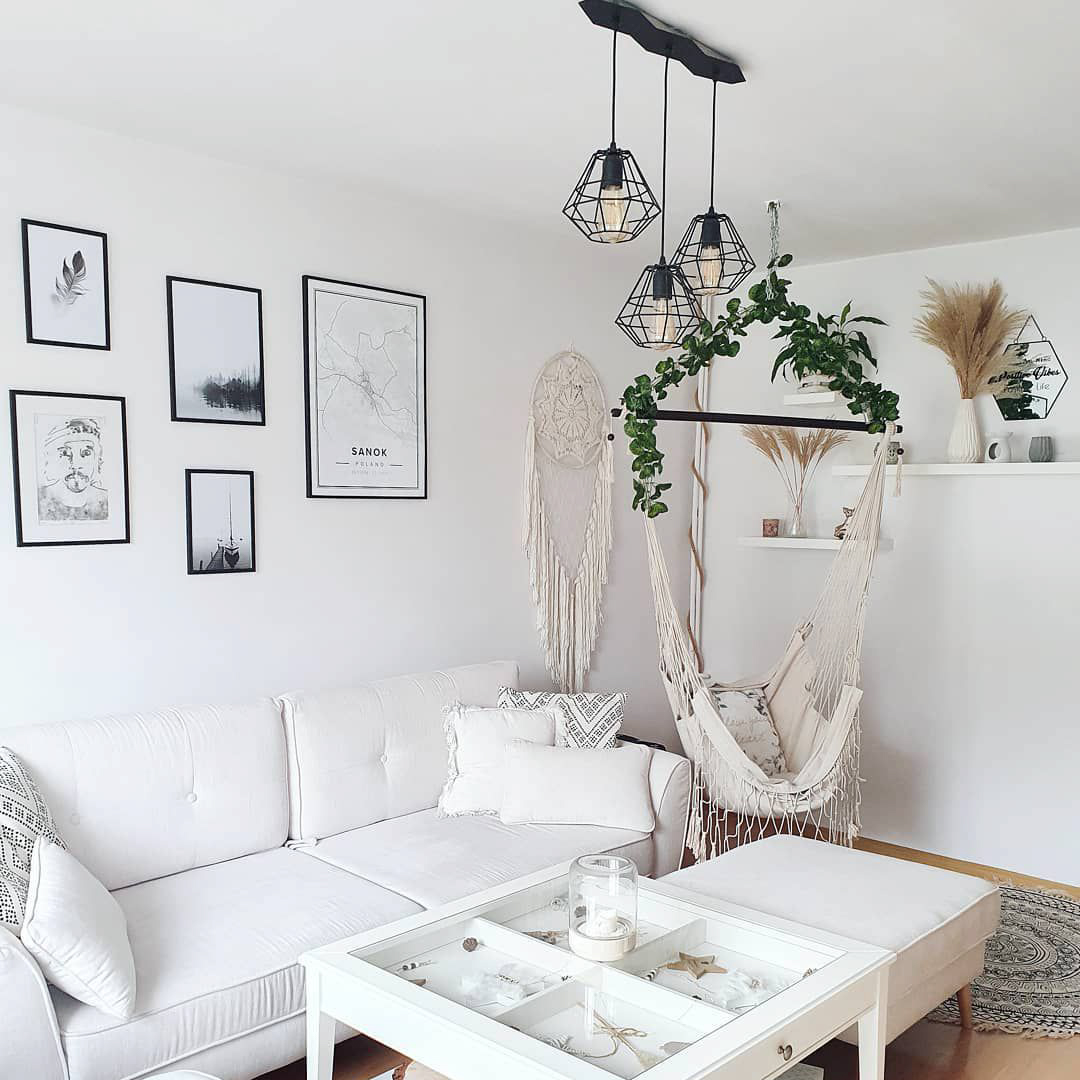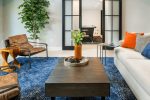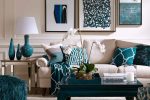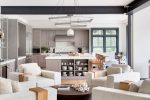The History of Danish Style Interior Design
Danish style interior design emerged in the mid-20th century as a response to the functionalist movement in Europe. This approach blended the principles of modernism with traditional Scandinavian design elements such as natural materials, minimalism, and hand-crafted furniture. The Danish style prioritizes simplicity and functionality while incorporating high-quality materials. Designers such as Arne Jacobsen and Hans Wegner are known for their contributions to the Danish style.
The Key Elements of Danish Style Interior Design
Functionality
Functionality is at the core of Danish style interior design. Furniture and design pieces are expected to have a practical use and integrate seamlessly into the living space. The focus is on creating efficient and comfortable living environments while still maintaining a minimalist aesthetic.
Design Principles
The Danish style is based on design principles such as clean lines, simplicity, and purposeful embellishments. The furniture and design pieces are often asymmetrical, with soft curves and angles that follow the natural shape of the human body. Wood and other natural materials, such as leather and wool, are often used in their raw form to add texture and a warm feel to the space.
Color Scheme
Danish style interior design is characterized by a neutral color palette, often featuring shades of white, black, gray, and brown. These tones create a quiet and peaceful atmosphere where the focus is on the design and the furniture.
Incorporating Danish Style into Your Home
Furniture
Investing in high-quality furniture pieces is key to achieving the Danish style. Look for pieces made from natural materials, such as wood or leather, with clean lines and a simple design. Pieces like the Wegner Wishbone chair or the Arne Jacobsen Swan chair are good examples of Danish-style furniture that can be incorporated into your home.
Lighting
Lighting is a key element in Danish style interior design. Natural light is prioritized, so keep window treatments minimal or opt for sheer curtains. Additionally, choose light fixtures that are simple in design and made from natural materials.
Accessories
Incorporating accessories can add depth and texture to the space. Look for organic patterns and shapes in pillows, throws, and rugs. Use live plants to add a sense of life to the room and to bring in natural elements.




